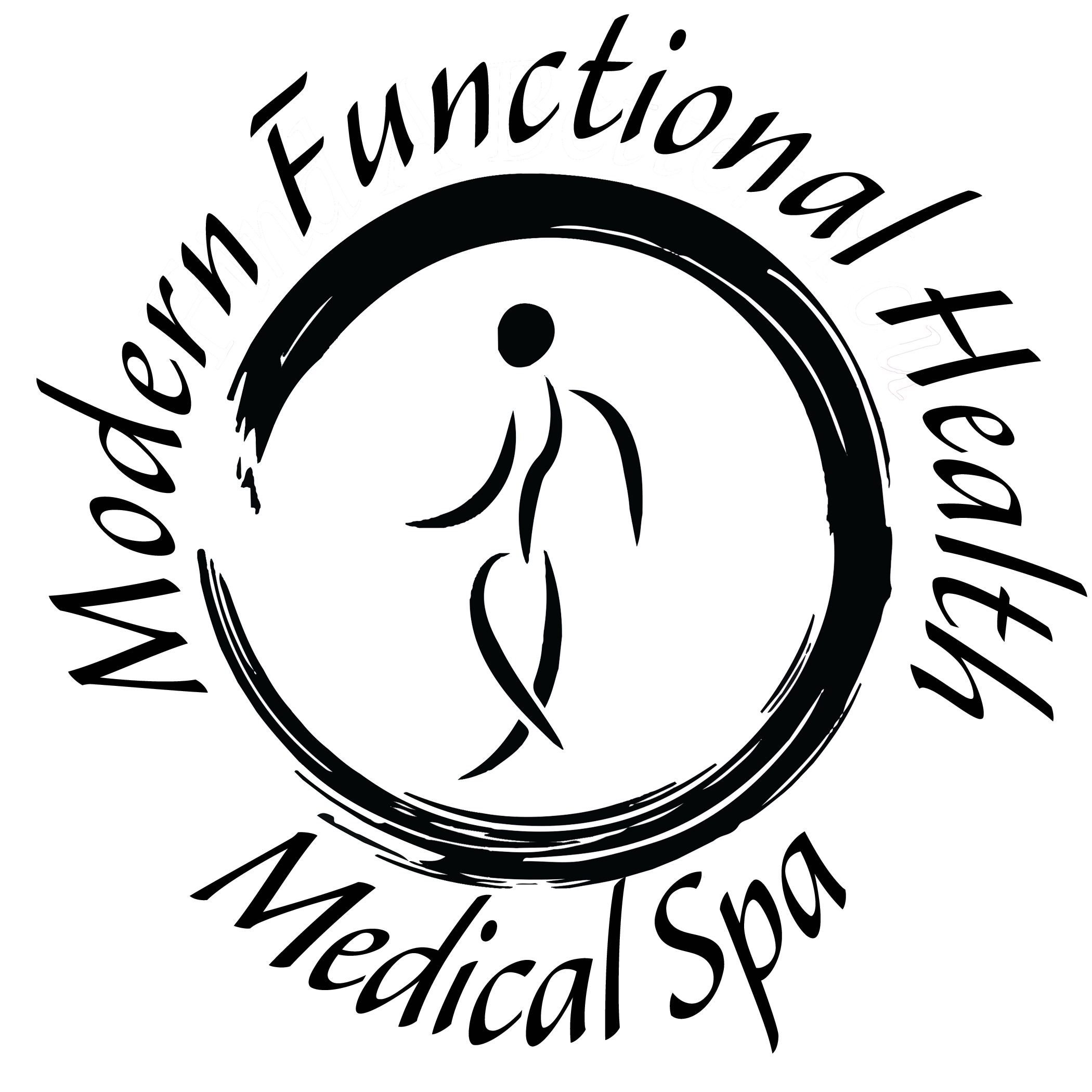Modern Functional Health Medical Spa
CO2RE Fractional Resurfacing
(Wrinkles, Sun-Damaged Skin, Scars, Fine Lines, Discoloration, Rough Skin Texture)
Pre-treatment
Post-treatment
- Immediately after treatment, most patients will experience a clinical endpoint of redness for 1-3 days; however, for more aggressive treatments this may last longer. Slight to moderate swelling and a mild to moderate sunburn sensation are also common post-treatment and may last 1-3 days. After the second day, skin will appear as an exaggerated tan. Skin will begin to flake at 5-7 days on the face and neck; 7-10 days for the chest; and 10-14 days for the hands.
- Your provider may opt to use additional cooling methods such as cool compresses, gel packs or facial mask for up to 10 minutes after treatment.
- Before discharge, a topical petrolatum-based ointment (like Aquaphor or Vaseline) may be applied to the face; no bandages or wraps are necessary.
- For more aggressive treatments, your provider may prescribe the use of vinegar soaks to be applied multiple times a day.
- Your provider will inform you when you may resume the use of your usual skin care products. This will range between 5 to 10 days depending on how aggressive the treatment is.
- There are no restrictions on bathing except to treat the skin gently. Avoid scrubbing or trauma to the treated area, as if you had sunburn.
- Avoid sun exposure to reduce the chance of hyperpigmentation (darker pigmentation). The use of broad spectrum SPF 30 or higher at all times throughout the course of treatment is recommended.
- Multiple treatments (3 or more) over a period of several months may be required to achieve the desired response. You may notice immediate as well as longer term improvements in your skin.
- Make a plan with your provider on an appropriate skin care regimen to keep up your results and have long-lasting success.
- Call Modern Functional Health Medical Spa at (636) 205-4070 with any questions or concerns you may have.
Potentially Photosensitizing Medications:
This is not an exhaustive list of all potentially photosensitizing drugs. The clinician should ultimately determine if a medication photosensitizes a patient to the spectrum of light emitted from our equipment.
Acne Meds:
Isotretinoin (Accutane) Tretinoin (Retin-A)
Anticancer:
Chlorambucil Cyclophosphamide Dacarbazine Fluorouacil Flutamide Mercaptopurine Methotrexate Procarbazine Thioguanine Vinblastine
Antidepressants:
Amitriptyline Amoxapine Clomipramine Doxepin Imipramine Isocarboxazid Maprotiline Phenelzine Protriptyline Trazadone Trimipramine
Antiepileptics, Sedative, Muscle Relaxants:
Carbamazepine Cyclobenzaprine Diazepam Meprobamate Phenobarbitol Phenytoin
Antihistamines:
Azatadine Clemastine Diphenhydramine Terfenadine Tripelennamine
Antihypertensives:
Captopril Dilitiazem Methyldopa Minoxidil Nifedipine
Antimicrobials:
Ciprofloxacin Clofazimine Dapsone Demeclocycline Doxycycline Enoxacine Flucytosine Griseafulvin Ketoconazole Lomefloxacine Methacycline Minocycline Nalidixic acid Narfloxacin Ofloxacin Oxytetracycline Pyrazinamide Sulfa drugs (Bactrim, Septra, Tetracycline)
Antiparasitics:
Bithionol Chloroquine Pyruvinium pamoate Quinine Thiabendazole
Antipsychotics:
Chlorpromazine Chlorprothixene Fluphenazine Haloperidol Perphenazine Prochlorperazine Promethazine Thioridazine Thiothixane Trifluoperazine Thioflupromazine Trimeprazine
Cardiovascular:
Amiodarone Atenolol Captopril Diltiazem Disopyramide Nifedipine Propranolol Quinidine gluconate Quinidine sulfate Verapamil
Diuretics:
Acetazolaminde Amiloride Bendroflumethiazide Benzthiazide Chlorothiazide Furosemide Hydrochlorothiazide Hydro flumethiazide Methyclothiazide Metalazone Polythiazide Quinethazone Trichlormethia-zide
Hypoglycemics:
Acetohexamide Chlorpropamide Glipizide Tolazamide Tolbutamide
NSAIDS:
Diclofenac Fenoprofen Flurbiprofen Indomethacin Ketoprofen Meclofenamate Naproxen Phenylbutazone Piroxicam Sulindac
Others:
Bergamot oil Oils of citron, lavender, lime, sandalwood Benzocaine Clofibrate Oral contraceptive Etretinate Gold salts Hexachlorophene Lovastatin St John’s Wort Gmethylcoumarin (used in perfumes, lotions, etc)
